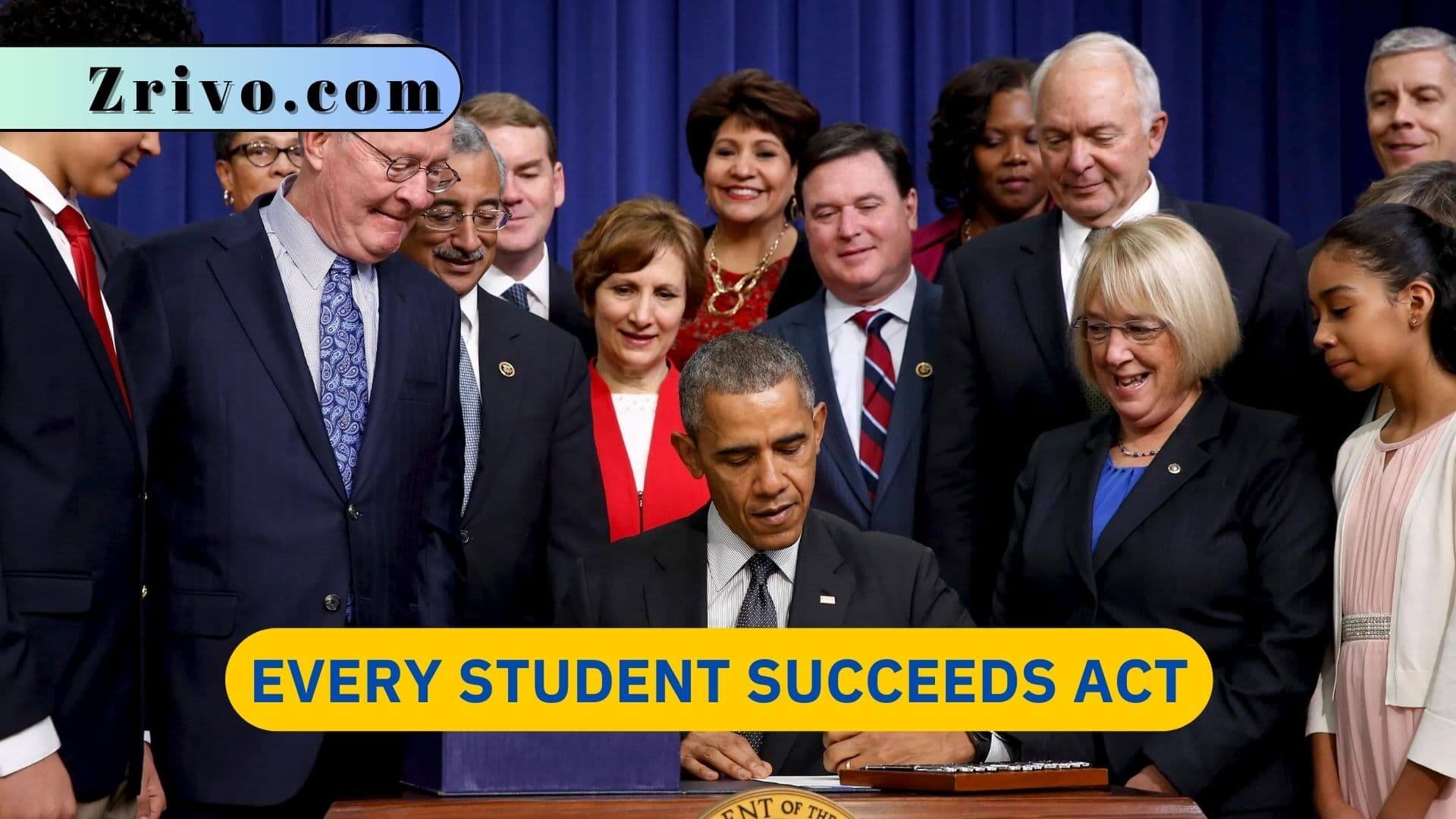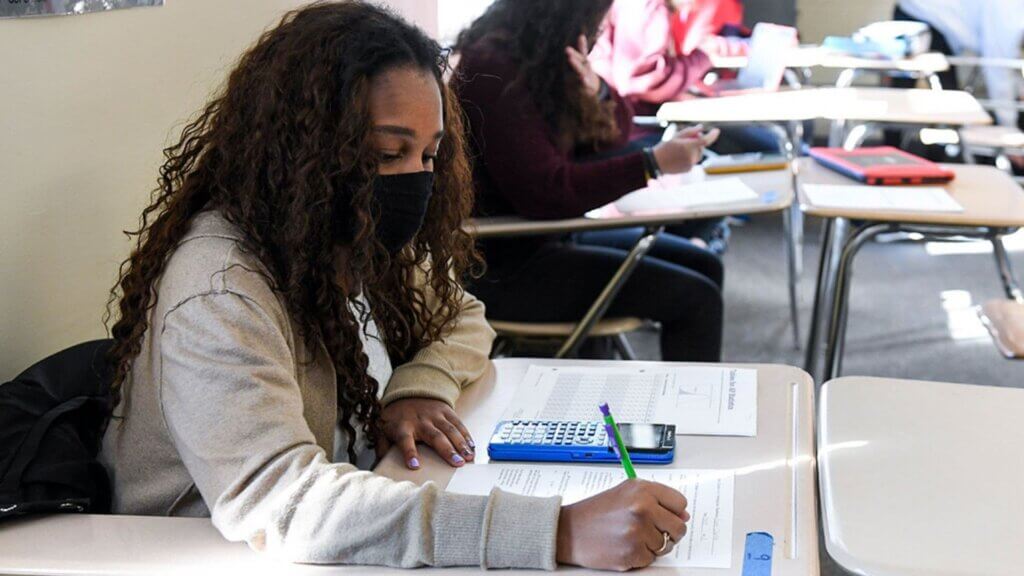
The Elementary and Secondary Education Act (ESEA) is an extensive statute that funds primary and secondary education. It emphasizes high standards and accountability. It was first enacted in 1965 as part of President Johnson’s War on Poverty. Congress has not yet reauthorized it. Consequently, its appropriations are currently implicitly authorized. The new law will allow states to opt out of several NCLB provisions, but it maintains many programs, including grants for preschool and research and innovation. It also allows districts to develop their own plans for improving failing schools. It also moves away from the idea that teachers should be graded based on their students’ test scores.
The bill also reduces the base funding amount and phases in changes to the federal grant formula. The formula will shift to a model that weights poverty more heavily than student achievement. It will also provide a pilot program for a new teacher-quality assessment.

ESSA Requires States to Assess Students in Reading and Math
Under the Every Student Succeeds Act (ESSA), states must continue to administer annual standardized tests. However, ESSA reduces the number of test days and allows for state flexibility in designing assessment systems. In addition, the law encourages schools to adopt personalized learning strategies. This includes Universal Design for Learning, a teaching technique that helps teachers reach students with varying needs and abilities.
ESSA requires states to set challenging academic standards and assessments that prepare students for college and careers. States must also identify low-performing schools and take action to improve their performance. States must continue to track student performance disaggregated by major racial/ethnic groups, economically disadvantaged students, English language learners, and special education students.
The bill also gives states new flexibility to invest federal funds in career and technical education and student support, including school counselors, mental health programs, and parent information resource centers. This legislation is a significant step in the direction of improving educational quality and opportunity for all children.

ESSA Key Components
ESSA shifts a significant amount of authority and decision-making power from the federal government to individual states and school districts. States are given more flexibility in designing their own education systems, including setting academic standards, designing assessment systems, and creating accountability plans. While ESSA maintains the requirement for standardized testing in reading and math for students in grades 3-8 and once in high school, it allows states to develop their own accountability systems to measure student performance. States are required to establish ambitious and long-term academic goals, but they have more flexibility in assessing and evaluating school performance.
ESSA requires states to identify and support low-performing schools. States are expected to develop interventions and support systems for schools that consistently underperform. However, the specific strategies and interventions are determined at the state and local levels. ESSA continues to emphasize the importance of highly qualified teachers, but it provides more flexibility to states and districts in determining how they define and ensure teacher quality. ESSA includes provisions to support English learners, students with disabilities, and other vulnerable populations, ensuring they have access to a quality education.
The law encourages increased parent and community involvement in schools and requires states and districts to engage with parents and communities in decision-making. ESSA authorizes federal funding for various educational programs, including Title I, which provides funding to schools with high numbers of low-income students. It also supports programs for teacher development, after-school programs, and more.